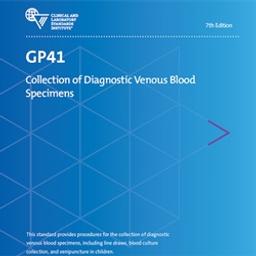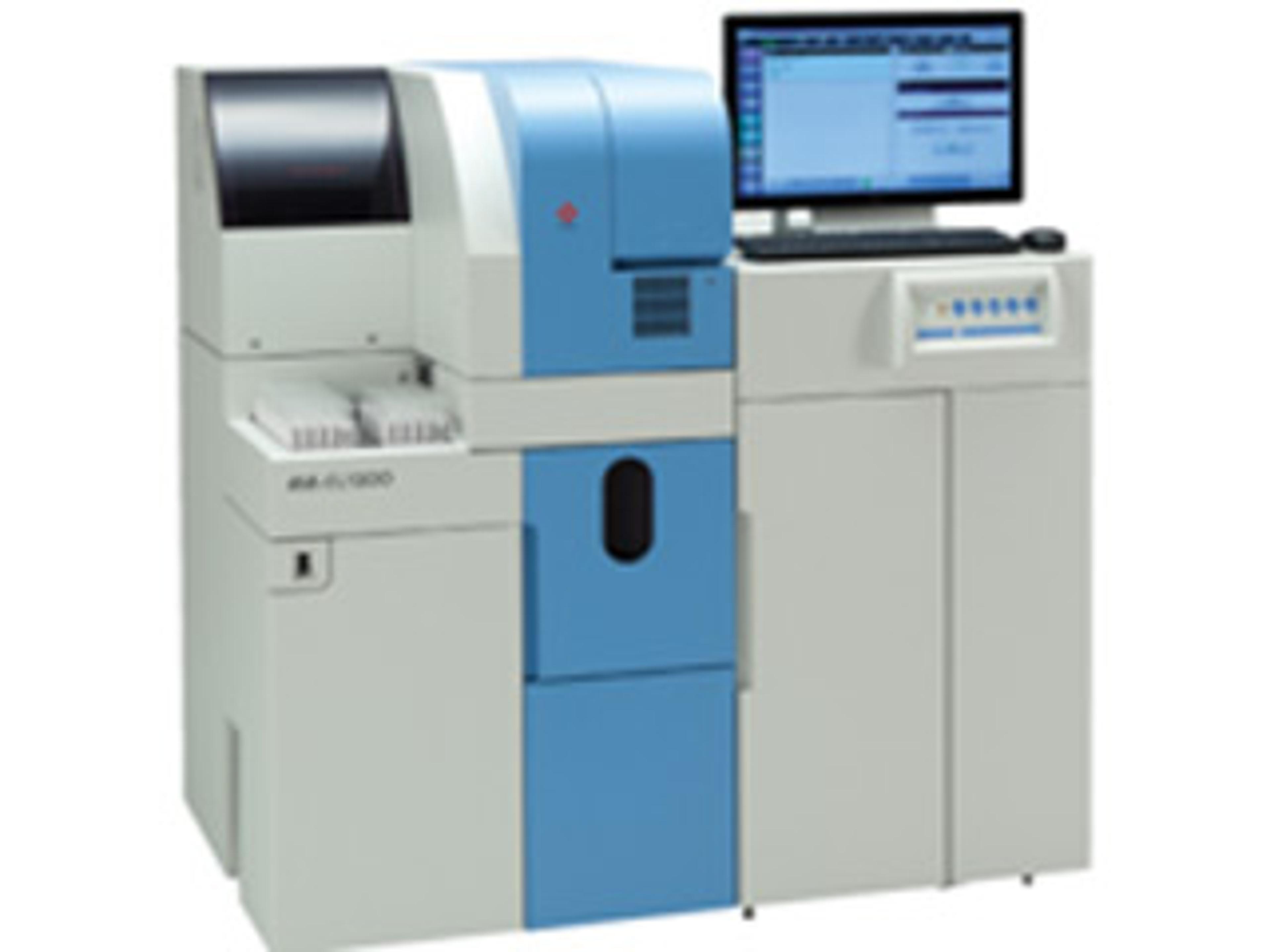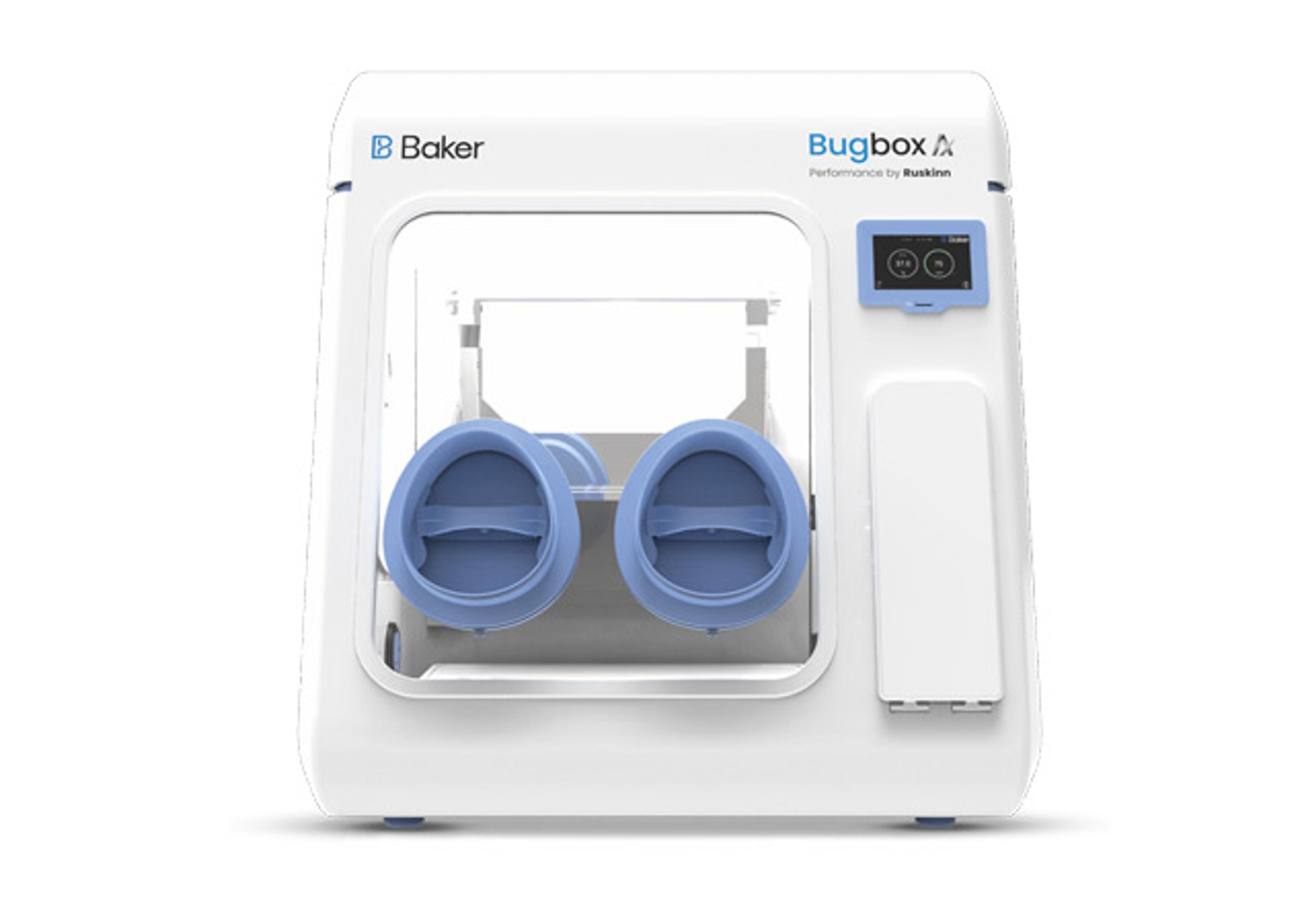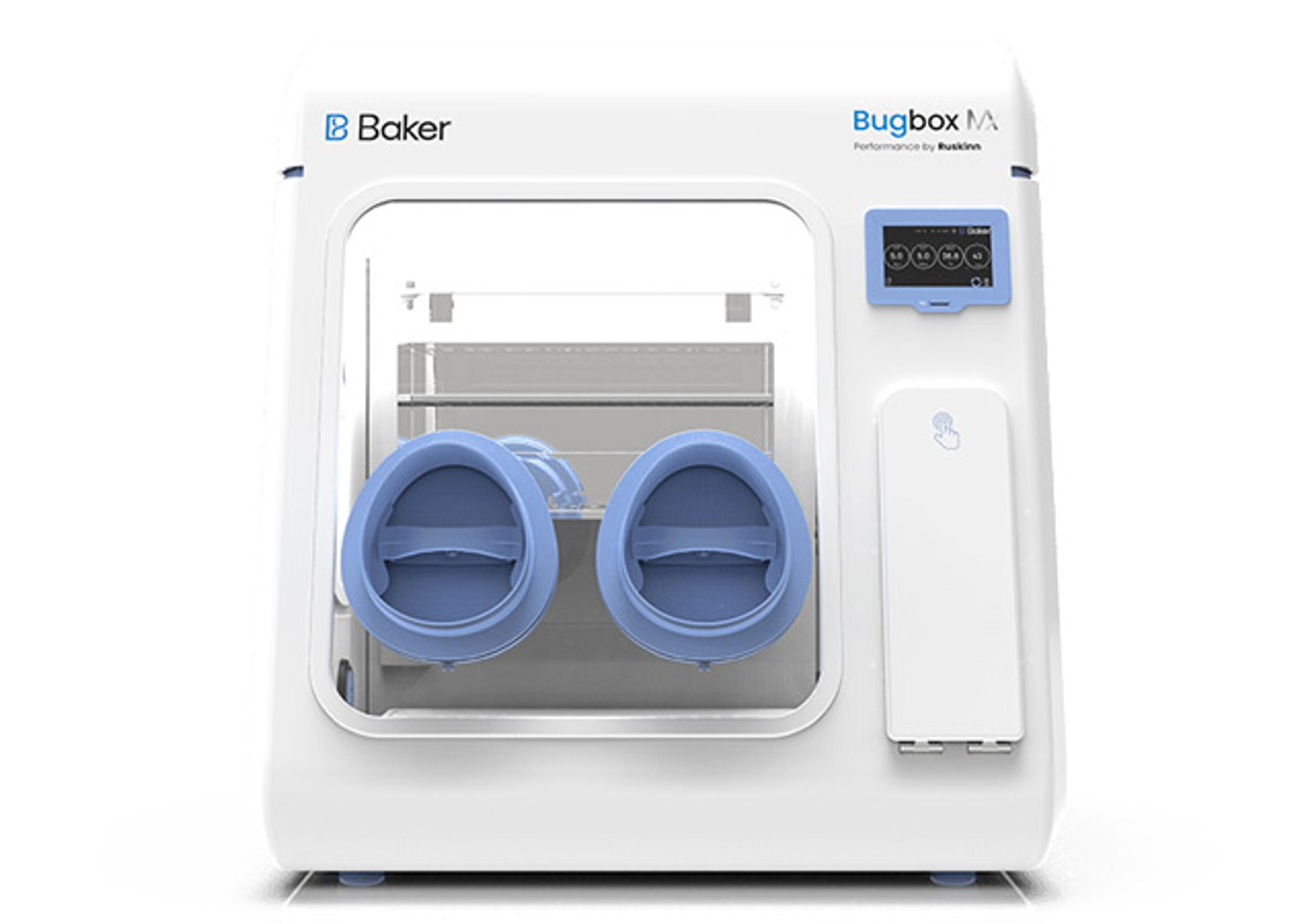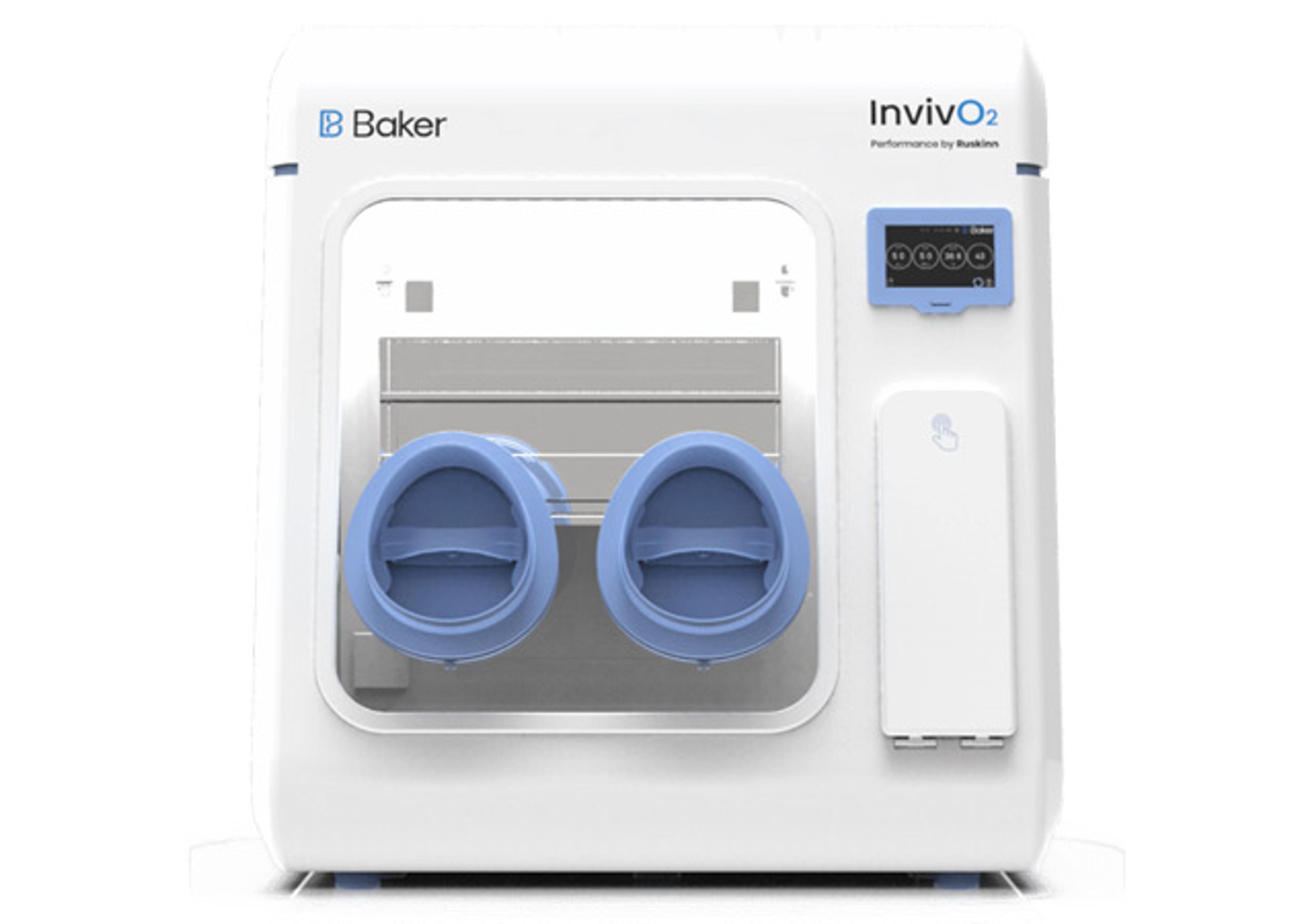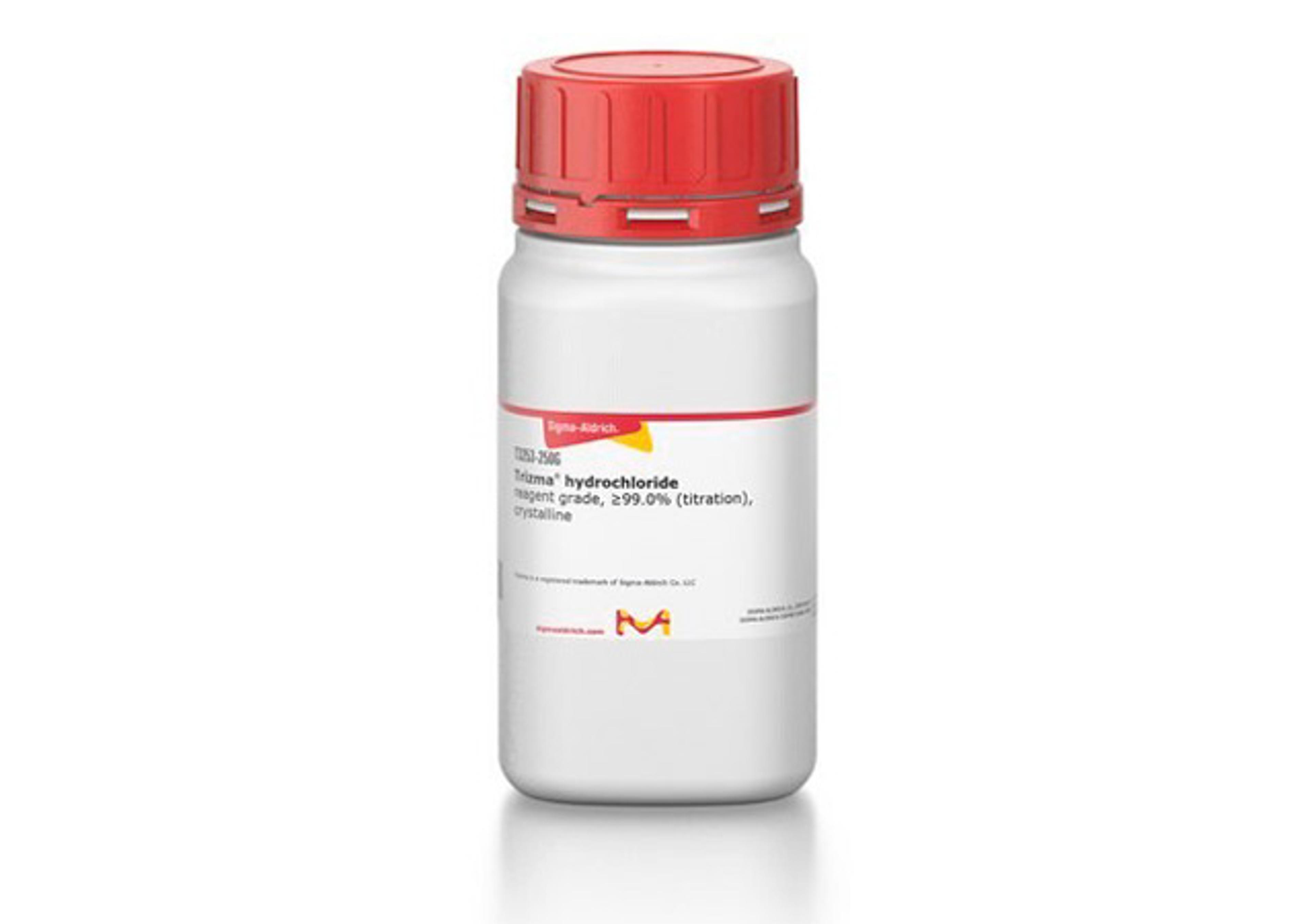GP41
Collection of Diagnostic Venous Blood Specimens

The supplier does not provide quotations for this product through SelectScience. You can search for similar products in our Product Directory.
The seventh edition of CLSI's standard GP41 provides a descriptive, stepwise process and procedures for diagnostic venous blood specimen collection. Special considerations for collections from vascular access devices, blood culture collection, and collections in isolation environments are included, as well as how to handle emergency situations.
Numerous errors can occur during the collection and handling of blood specimens, which pose significant and avoidable risks to the patient and the phlebotomist. When global standards are not fully implemented, it is more likely that patients will be injured during the procedure, biologically representative specimens will not be obtained, and test results will not be comparable from one facility to another. The process and procedures detailed in this standard are intended to prevent specimen collection errors that threaten specimen quality, protect health care professionals from accidental exposure, and prevent patients from the injuries, complications, and medical mistakes that can result from improperly collected specimens. Since 1977, CLSI has recognized the importance of the preexamination phase of laboratory testing, including correct blood specimen collection and handling. Highly sophisticated testing technology cannot produce a good result from a poorly collected specimen.
This standard establishes criteria for suitable venous blood specimen collection for medical laboratory testing. These procedures are intended as an appropriate model for adoption by all health care providers responsible for blood specimen collection in outpatient and inpatient settings.
Changes to this edition of include:
- Greater detail on patient ID, specimen labeling, patient positioning, collecting from mastectomy patients, tourniquet use, adverse reactions, needle relocation, prioritizing veins in the antecubital area, and preventing iatrogenic anemia
- Changes to what constitutes acceptable venipuncture sites
- Significant revision of the information on collecting specimens from vascular access devices and during infusions
- Information on trace elements tubes in regards to the order of draw
- Comprehensive sections on remedies for difficult collections
- Updated references


